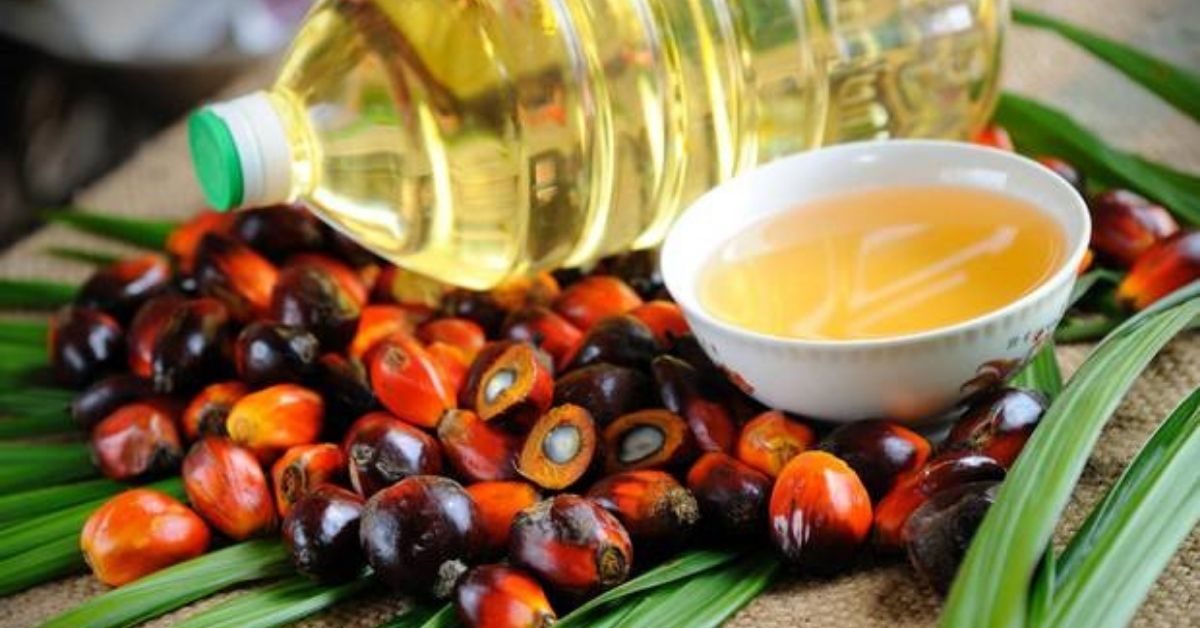Prime Minister Narendra Modi announced a new national initiative on palm oil production on Monday to help increase farm incomes. The scheme, called National Edible Oil Mission-Oil Palm (NMEO-OP), for self-reliance in edible oil involves investment of over Rs 11,000 crore.
Government sources said one of the other key aims of the move is to harness domestic edible oil prices that are dictated by expensive palm oil imports.
The scheme, according to sources, is expected to incentivise production of palm oil to reduce dependence on imports and help farmers cash in on the huge market.
The Centre plans to raise the domestic production of palm oil by three times to 11 lakh MT by 2025-26. This will involve raising the area under oil palm cultivation to 10 lakh hectares by 2025-26 and 16.7 lakh hectares by 2029-30.
The special emphasis of the scheme will be in India’s north-eastern states and the Andaman and Nicobar Islands due to the conducive weather conditions in the regions.
Under the scheme, oil palm farmers will be provided financial assistance and will get remuneration under a price and viability formula.
Palm oil is currently the world’s most consumed vegetable oil. Top consumers of the commodity are India, China, and the European Union (EU). Palm oil is used extensively in the production of detergents, plastics, cosmetics, and biofuels.
India is the largest consumer of vegetable oil in the world. In 20162017, the total domestic consumption of palm oil by India was 9.3 million MT, with 98.97 per cent of it imported from Malaysia and Indonesia. This means India was producing domestically only 1.027 per cent of its requirement.
Interestingly, the EU and China use only 46 per cent and 58 per cent respectively of their palm oil in food-related productions while the rest goes into cosmetics, oleochemical, and pharmaceutical products. In India, 94.1 per cent of its palm oil is used in food products, especially for cooking purposes. This makes palm oil extremely critical to India’s edible oils economy.
To check prices of cooking oils from driving inflation, the Centre on June 29 had cut the basic import duty on crude palm oil, or CPO, to 10 per cent from 15 per cent for three months to boost imports. With the additional agricultural cess of 17.5 per cent and a 10 per cent social welfare cess, the cut had brought down the effective tax rate on CPO to 30.25 per cent from the earlier 35.75 per cent.
India’s palm oil imports are almost 60% of its total vegetable oil imports. In 2020, these imports fell to 7.2 million MT from from 9.4 million MT in 2019 due to the Covid-19 pandemic.
With India eyeing cheaper and greater imports in June 2021 to cut domestic edible oil prices, the cost of palm oil rose from $527.50/MT on May 5, 2020, to $971/MT on June 29 in the international market. This steep hike led to rise in prices of edible oils in India.
In 20162017, with an average price of Rs 520 per 10 kg, India’s palm oil import bill was approximately 7.3 billion US dollars (Rs 47,000 crore)
India has been trying to expand its domestic production by investing in domestic oil palm. Government schemes between 2011-14, like the Oil Palm Area Expansion (OPAE) and National Mission on Oilseeds and Oil Palm (NMOOP 2014), were launched to increase domestic cultivation of oil palm.
Source : India Today








